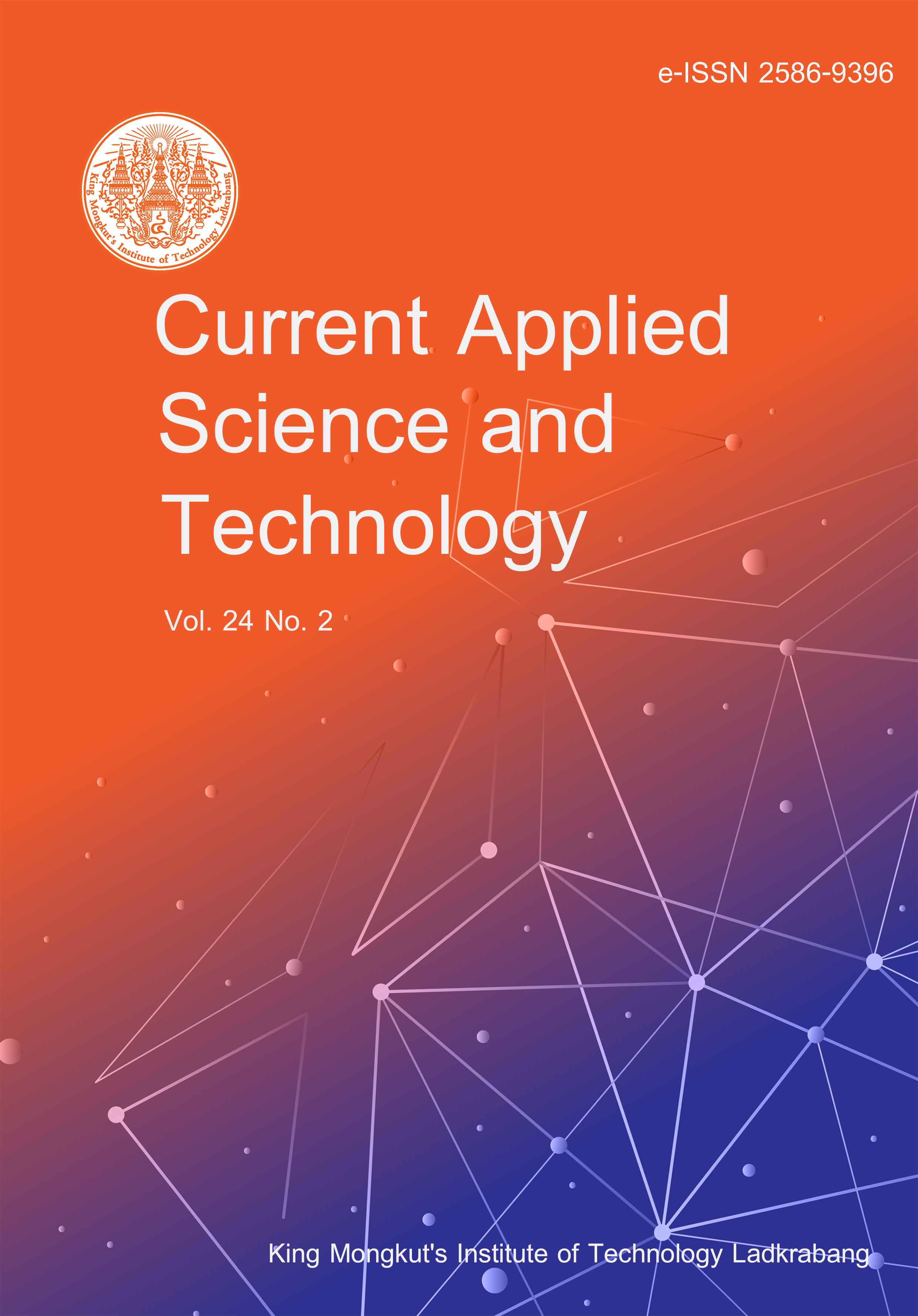End-stage renal disease (ESRD) is associated with changes in serum biomarkers. However, except for the renal function test, there is no definite useful biomarker correlated with the disease and its consequences, such as insulin resistance (IR). In the present study, matrix metalloproteinases-3 (MMP3) and its inhibitor, the tissue inhibitor of metalloproteinase-1 (TIMP1) were examined and correlated with IR parameters. MMP3, TIMP1, renal function tests, and IR parameters were measured in 60 ESRD patients and the results were compared with thirty healthy controls. After controlling for all cofounders, ESRD patients showed a substantial rise in serum MMP3, glucose, insulin, and beta-cell function percentage compared to the control group. While the patients had a lower insulin sensitivity percentage when compared to the controls. TIMP1, insulin/glucose ratio, and insulin resistance index did not vary significantly across groups. MMP3 had a strong relationship with serum creatinine, urea, and eGFR. TIMP1 had a strong relationship with height and weight. High serum MMP3 is associated with increased renal function tests and with changes in the IR parameters in ESRD patients.
Al-Hamami, S. A. ., Abdalsada, H. K. ., Hadi, H. H. ., Al-Isa, A. ., & Al-Hakeim, H. K. . (2023). Serum MMP3 Correlates with Renal Function Tests and Insulin Resistance Parameters in Patients with End-stage Renal Disease. CURRENT APPLIED SCIENCE AND TECHNOLOGY, e0258560. https://doi.org/10.55003/cast.2023.258560


https://cast.kmitl.ac.th/doi/10.55003/cast.2023.258560